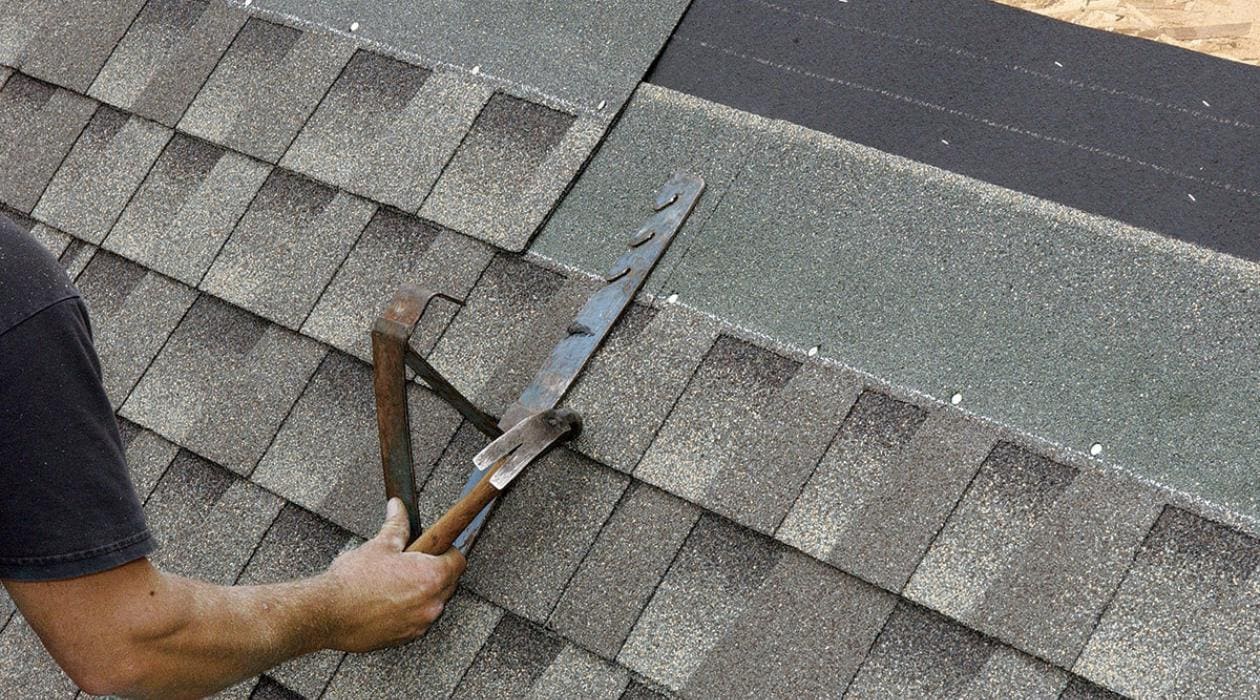Roofing projects demand precision, efficiency, and above all, safety. As roofing professionals, we understand the paramount importance of reliable tools to ensure a job well done. Among these indispensable tools are roof jacks – the unsung heroes of roofing projects. In this comprehensive guide, we delve into the world of roof jacks, exploring their benefits, types, applications, and tips for optimal use.
Understanding Roof Jacks
What are Roof Jacks?
Roof jacks, also known as roof brackets or scaffolding brackets, are essential components used in roofing projects to provide support and stability. These versatile tools are designed to hold staging planks or toe boards, allowing workers to safely navigate and work on sloped roofs.
Types of Roof Jacks
Roof jacks come in various types to accommodate different roofing needs and configurations. The most common types include:
- Fixed Roof Jacks: These are stationary roof jacks attached directly to the roof’s surface, providing stable support for staging planks.
- Adjustable Roof Jacks: Offering versatility, adjustable roof jacks can be modified to suit varying roof pitches, ensuring a secure fit and optimal stability.
- Slide Guard Roof Brackets: Designed with safety in mind, slide guard roof brackets feature integrated guardrails to prevent accidental falls, enhancing worker safety.
Benefits of Roof Jacks
Enhanced Safety
Safety is paramount in any roofing project. Roof jacks provide a stable platform for workers, minimizing the risk of slips, trips, and falls. With proper installation and use, roof jacks significantly reduce the likelihood of accidents and injuries, ensuring a safer working environment.
Increased Efficiency
Roof jacks streamline the roofing process, allowing workers to move freely and work efficiently at elevated heights. By providing a secure base for staging planks, roof jacks enable seamless access to different areas of the roof, facilitating faster installation, repairs, or maintenance tasks.
Versatility
Whether you’re working on a residential or commercial roof, roof jacks offer unmatched versatility to accommodate various roof pitches and configurations. Adjustable roof jacks can be customize to fit specific requirements, providing a tailored solution for different projects.
Durability
Constructed from high-quality materials such as steel or aluminum, roof jacks are built to withstand the rigors of the job site. Their robust construction ensures long-lasting performance, making them a reliable investment for roofing professionals.
Tips for Using Roof Jacks Safely
- Inspect Before Use: Before each use, inspect roof jacks for any signs of damage or wear. Replace any damaged components to ensure optimal safety.
- Secure Installation: Properly secure roof jacks to the roof surface using appropriate fasteners or anchors. Follow manufacturer guidelines for installation to prevent accidents.
- Use Guardrails: When working at elevated heights, always use guardrails in conjunction with roof jacks to provide an additional layer of protection against falls.
- Regular Maintenance: Perform routine maintenance on roof jacks to keep them in optimal condition. Clean and lubricate moving parts, and store them properly when not in use to extend their lifespan.
Conclusion
Roof jacks are indispensable tools for roofing professionals, offering enhanced safety, efficiency, and versatility on the job site. By understanding their benefits, types, and proper usage, roofing contractors can maximize productivity while prioritizing worker safety.





